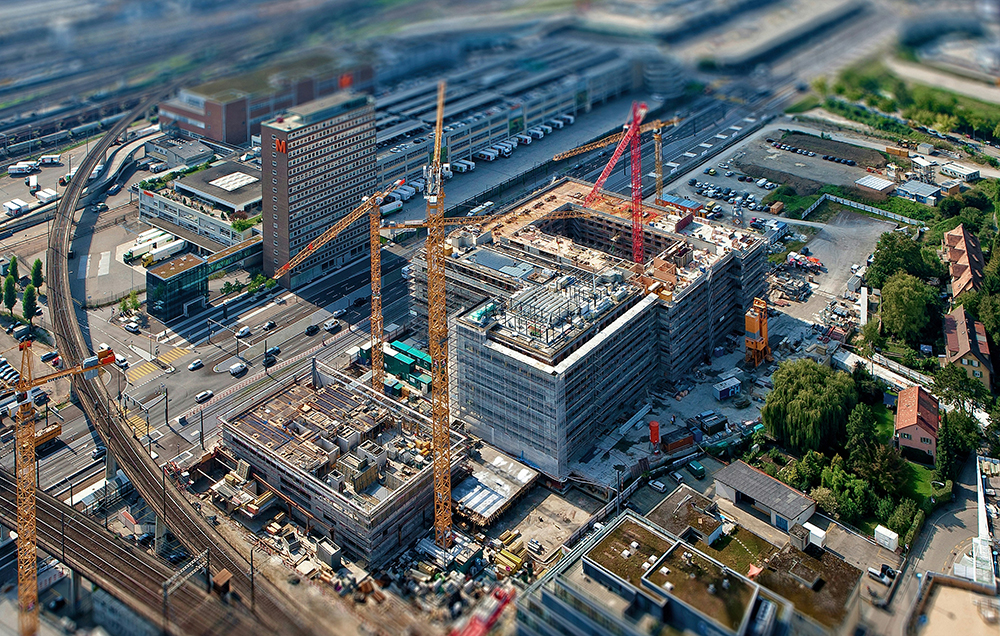As the awareness of climate change and environmental degradation rises, sustainable building practices have become essential in the construction industry. Green construction embodies a holistic approach that focuses on minimizing ecological impact, promoting energy efficiency, and ensuring indoor environmental quality. As technology and materials continue to evolve, innovative sustainable building practices are transforming how we design, construct, and operate buildings. This article delves into the latest trends in green construction and their implications for the future.
The Rise of Sustainable Building Materials
One of the most significant advancements in sustainable building practices is the development and increased use of eco-friendly materials. Architects and builders are now utilizing recycled, reclaimed, and rapidly renewable materials to reduce waste and lower their carbon footprint. For example, bamboo, a highly renewable resource, is being used for flooring and structural components due to its strength and rapid growth rate. Additionally, using reclaimed wood reduces the need for new lumber, making it a sustainable choice for various construction applications.
Innovative materials like hempcrete and mycelium (the root structure of fungi) are gaining traction in sustainable building. Hempcrete offers excellent insulation properties and is carbon-negative, while mycelium is biodegradable and can be used to create insulation panels. These materials not only reduce environmental impact but also promote healthier indoor air quality.
Energy Efficiency through Smart Technologies
Smart building technology is revolutionizing how energy is consumed in construction. Integrating Internet of Things (IoT) devices allows real-time monitoring and management of energy use. For instance, smart thermostats, energy-efficient lighting, and automated shading systems enable building owners to optimize energy consumption without sacrificing comfort.
Moreover, building energy modeling (BEM) is becoming a standard practice in green construction. BEM tools simulate a building’s energy performance during the design phase, allowing architects and engineers to identify opportunities for improving efficiency before construction begins. This proactive approach contributes to reduced operational costs and lower greenhouse gas emissions.
Water Conservation Practices
Water conservation is another critical aspect of sustainable building practices. Innovative systems for rainwater harvesting, greywater recycling, and permeable paving are gaining popularity in green construction projects. Rainwater harvesting captures and utilizes rainwater for irrigation and non-potable indoor uses, significantly reducing dependence on municipal water systems.
Moreover, low-flow fixtures and water-efficient landscaping contribute to minimizing water usage in buildings. These practices not only conserve this precious resource but also decrease the overall cost of utilities for homeowners and businesses alike.
Green Certifications and Standards
As sustainable building practices evolve, so do certification programs and standards aimed at promoting and recognizing green construction. Organizations like the U.S. Green Building Council (USGBC) offer LEED (Leadership in Energy and Environmental Design) certification, which provides a framework for developing sustainable buildings. Other certifications, such as BREEAM (Building Research Establishment Environmental Assessment Method) and Living Building Challenge, assess buildings based on their environmental performance and sustainability metrics.
These certifications gain significance as consumers and tenants increasingly prefer sustainable options. Buildings that obtain such certifications often experience higher occupancy rates and increased property values, making green construction a profitable venture for developers.
Conclusion
Sustainable building practices are revolutionizing the construction industry, focusing on minimizing environmental impact while enhancing energy efficiency and overall quality of life. Innovations in materials, smart technologies, water conservation methods, and green certifications pave the way for a more sustainable future. As the demand for eco-friendly buildings continues to grow, embracing these practices is not just beneficial for the environment but also essential for the long-term viability of the construction industry. By continuously evolving and adopting green practices, we can build a better world for future generations.


Recent Comments